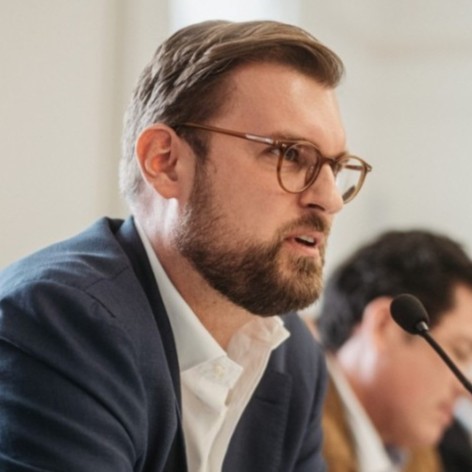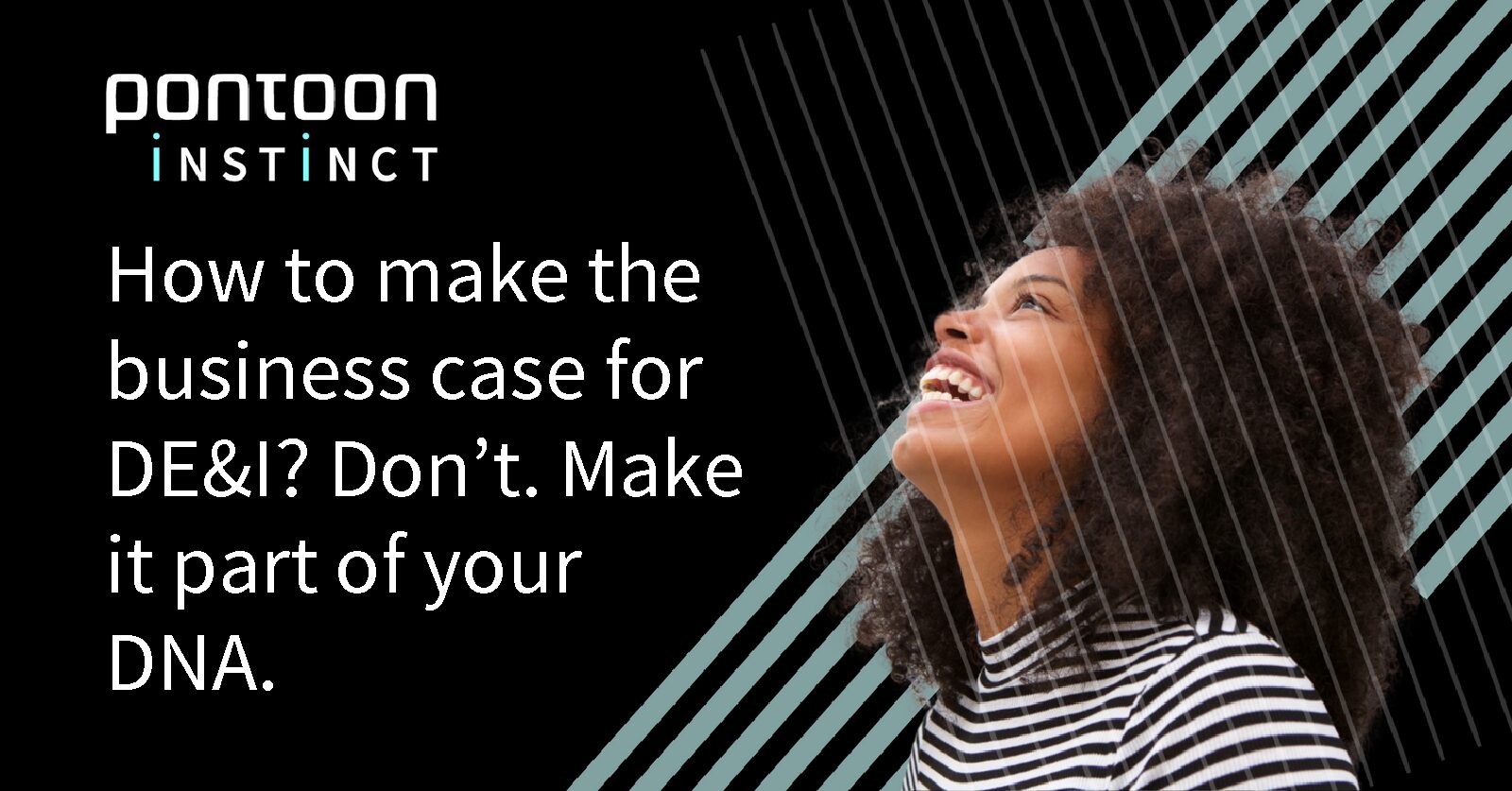Reimagining hiring processes to enable a diverse workforce
Video
.
As part of our speciality advisory service – Pontoon Instinct – and specifically within the ESG & Impact practice, we help our clients transform their DE&I processes and strategies to enable a diverse workforce. Our experts support customers in redesigning sourcing through affirmative mechanisms. Through this, we ensure access to underrepresented talent groups at the top of the sourcing funnel.

Frederik Otto, Head of Client ESG & Impact, Co-Lead Global Workforce Strategy
In this video, Pontoon’s Head of Client ESG & Impact – Frederik Otto – speaks with Pontoon’s Director of Talent Sourcing – Michael McCarthy – on the importance of reimagining the hiring processes from legacy approaches into future-ready solutions that include upskilling, internal mobility, unbiased attraction, and more.
Frederik Otto: Hello, everyone. I’m Fredrick Otto, the Co-Lead of Global Workforce Strategy and Global Head of Client ESG and Impact. I’m here today with Michael McCarthy, and we are talking about the DE&I area of Pontoon Instinct.

Michael McCarthy, Director of Talent Sourcing
Last time, we talked about the systemic impacts of DE&I and how organisations can engage with students and young people at an early age to build the future workforce. In this episode, we want to focus more on transforming hiring processes and onboarding logistics. Michael, you are an expert in this area, so why don’t we start with a quick introduction.
Michael McCarthy: Sure. I’ve been with the firm for eight years, primarily working with our clients as they problem-solve around the areas of candidate attraction. So I’m often where many DE&I conversations start because I focus on the beginning of the recruitment process. Often, this manifests itself when someone says: “Michael, how do I hire more female engineers?” or “If only I had more women applying to this role, I could achieve the kind of talent composition I’m looking for strategically”, etc. And that’s usually the opportunity for us to dive into what we have to do throughout the process to achieve this goal – because it’s not as simple as attracting more women.
Frederik Otto: So, you are very much our internal architect behind the resourcing strategy. But you are urging clients not to think in terms of “How can I get more women or more candidates with diverse backgrounds?” Instead, you encourage them to step back and look at what we can do with the top-of-the-funnel applicants they already have, right?
Michael McCarthy: Right. And not only that but also who’s already in the organisation – what could we do from an upskilling, reskilling perspective? When you think that way, you see that many companies have plenty of women; they’re just in the wrong chairs. So, how can you create those internal pathways of mobility that can help achieve the kind of composition you’re looking for?
And when I say composition, I’m talking about the demographic makeup of the given department. We find that the companies we work with have women well-represented in HR – maybe not so much in Capital Sales or R&D, but they are there. The old saying is that culture eats strategy for breakfast, and people who are part of your culture are also part of the mission and believe in the big “why” as to what we are doing at work. Those are the people who, I think, more employers should upskill into the roles where they would like to see more representation.
Frederik Otto: One example that you’ve given me that could vastly improve attracting women without changing any recruitment methodologies is just slimming down job descriptions to the bare minimum – because women tend to self-select themselves out if they feel that they don’t check all of the boxes on the job description. That’s really something that stuck with me – I’ve never thought of it that way. Did I get that right, and what other levers are there that can be pulled from a technical perspective?
Michael McCarthy: Well, there’s a lot of research that shows this phenomenon, which is to say that the more requirements you list, the less likely a woman might be willing to apply. And there’s a whole range of interpretations for why that is. And this is also an opportunity to explore how we can be unwittingly biased because I’ve heard people say: “Men are bigger risk takers”, and they evidence driving habits to support that argument. I think that’s risky in the sense that it really feeds into antiquated gender roles. You could also say women take the hiring process more seriously earlier – is one more accurate than the other? I guess we can debate. But the data is unimpeachable that the more requirements you have, the fewer women applicants you will get.
So the way to address that is to embrace something that’s an overarching best practice, not just in service of a DE&I goal, but that is really boiling a job description down to wants and needs in a clear, unambiguous manner that invites people into a process where you can discover more about them.
Frederik Otto: What are the critical behavioural changes that leaders have to think about?
Michael McCarthy: If I were a leader, I would pay very close attention to who’s in the room with me right when we close the door. When we think about representation, that must include the C-suite.
Get in touch with us through the button below to see how we can help you drive changes to your sourcing and hiring processes to enable a diverse workforce.
Related Post
Discover our groundbreaking approach to diversity and inclusion in our latest whitepaper.
Recent research by Harvard Business Review has shown that unrepresented job candidates are less interested in working for companies ...




